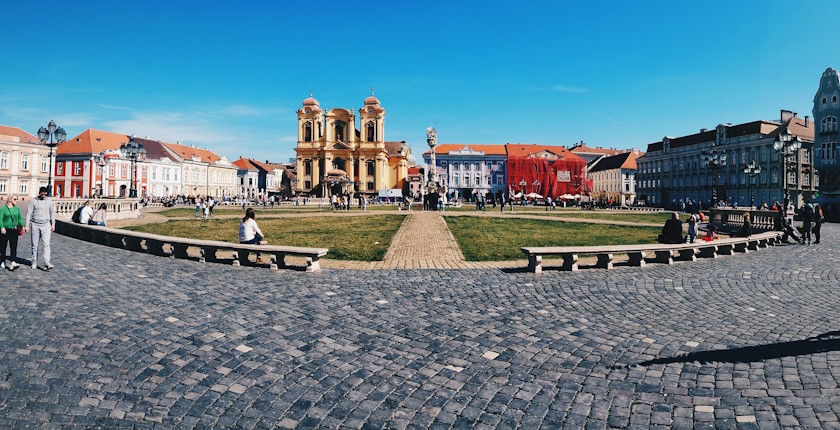
Photo: Dan V on Unsplash
Romania’s fourth-largest city intends to install a 5.6 MW photovoltaic park. The local authority in Timișoara said it would cover nearly two thirds of the consumption of its public lighting.
Romania is experiencing a solar power boom within its energy transition. European funding and the reform of the legal framework spurred investments from households-prosumers to utility-scale facilities. Local authorities are among the emerging segments, too, up to the county level. Some are even betting on geothermal energy.
Timișoara, the capital of Timiș county and the largest city in the country’s west, joined a growing group of municipalities developing solar power projects for their own use. The planned 5.6 MW photovoltaic unit is part of its strategy to switch to renewables and reduce pollution.
The location is near the Freidorf industrial area. Annual production is estimated at 7.8 GWh.
“Our target is to cover almost two thirds of the electricity consumption of public lighting with this photovoltaic park. We have started the transition towards a greener city from an energy point of view, and the realization of this park is an important step on this path”, Mayor Dominic Fritz said.
The municipal authority said it would tap on European funding for its solar power project
The local authority of Romania’s fourth-largest city added that the municipal solar power plant would consist of monocrystalline panels, arguing they are especially efficient in cold and cloudy weather. The city council added that the project would benefit from funding from the European Union for electric public transport, energy efficiency in institutions and the modernization of the heating network.
The investment is valued at EUR 6.5 million including value-added tax. The photovoltaic system needs to be built within 12 months after the final permit is issued.


















Be the first one to comment on this article.